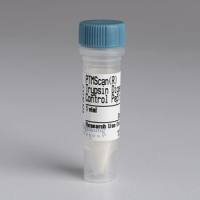Bioinformatic Approaches to Metabolic Pathways Analysis
互联网
576
The growth and development in the last decade of accurate and reliable mass data collection techniques has greatly enhanced our comprehension of cell signaling networks and pathways. At the same time however, these technological advances have also increased the difficulty of satisfactorily analyzing and interpreting these ever-expanding datasets. At the present time, multiple diverse scientific communities including molecular biological, genetic, proteomic, bioinformatic, and cell biological, are converging upon a common endpoint, that is, the measurement, interpretation, and potential prediction of signal transduction cascade activity from mass datasets. Our ever increasing appreciation of the complexity of cellular or receptor signaling output and the structural coordination of intracellular signaling cascades has to some extent necessitated the generation of a new branch of informatics that more closely associates functional signaling effects to biological actions and even whole-animal phenotypes. The ability to untangle and hopefully generate theoretical models of signal transduction information flow from transmembrane receptor systems to physiological and pharmacological actions may be one of the greatest advances in cell signaling science. In this overview, we shall attempt to assist the navigation into this new field of cell signaling and highlight several methodologies and technologies to appreciate this exciting new age of signal transduction.







